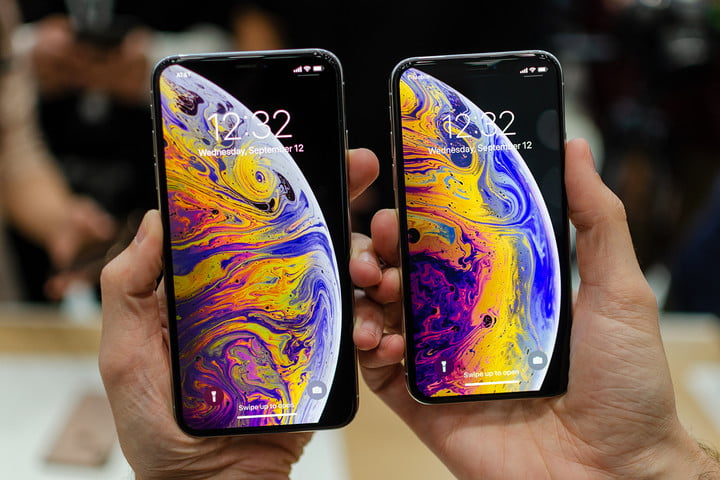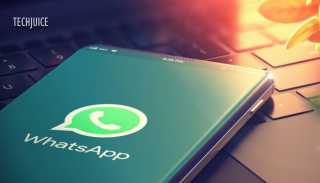Just a couple of days ago, Apple introduced its top of the line smartphones for the year 2018. This is the first time that these iPhones come with dual SIM technology, which might not work for everybody though.
The most recent smartphones released by Apple, the iPhone XS, its upsized brother iPhone XS Max and the more economical iPhone XR come with an eSIM technology for the second SIM. This means that although these smartphones are dual SIM compatible, the second SIM must be an eSIM with cutting-edge electronic subscription technology.
What is an eSIM:
Short form for embedded Subscriber Identity Module, eSIM is a new technology which brings all the carriers towards using one standard chip for SIM, releasing users with the hassle of changing SIMs every now and then. More like a permanent SIM card, the eSIM is soldered right onto a specialized port and it stays there permanently as the user switches between different carriers. But, as you’d have already guessed, this technology isn’t supported by every country.
What countries does it work in:
As the eSIM technology is a relatively new phenomenon, it’s only present in 10 countries and only works for the following carriers. India is included in the list, but Pakistan isn’t.
Austria
- T-Mobile
Canada
- Bell
Croatia
- Hrvatski Telekom
Czech Republic
- T-Mobile
Germany
- Telekom
- Vodafone
Hungary
- Magyar Telekom
India
- Airtel
- Reliance Jio
Spain
- Vodafone Spain
United Kingdom
- EE
USA
- AT&T
- T-Mobile
- Verizon
For China, albeit, the state of affairs is a bit different. Apple chose to roll-out all of these iPhones with two physical trays in China, the world’s largest smartphone market.
The world’s first trillion dollar company released its next series of iPhones just recently. The smartphones take cues from the widely famous iPhone X from last year and boasts certain upgrades on top of it. Follow along this blog to read about everything that was announced on the Apple’s annual keynote.
Image — Digital Trends












